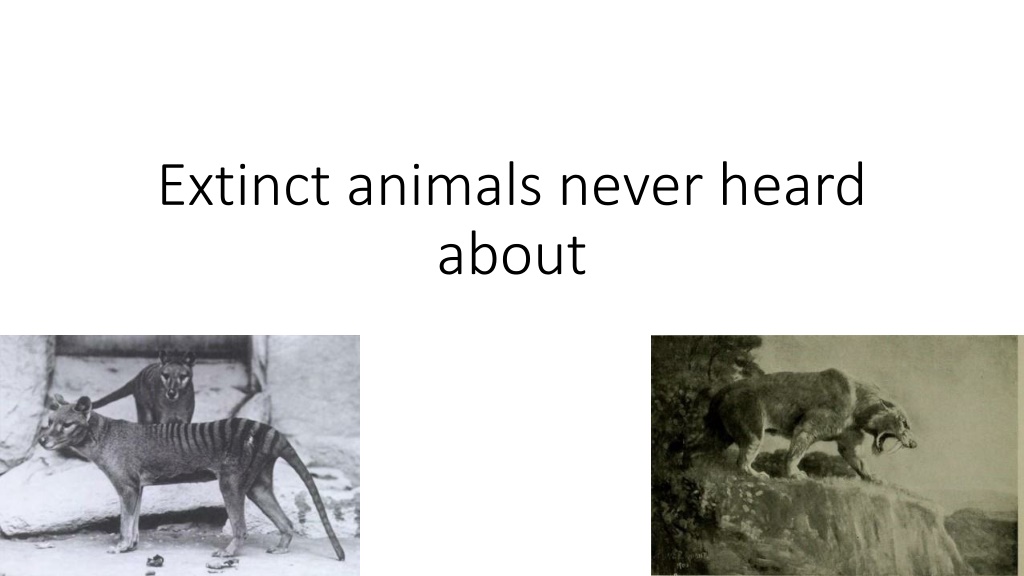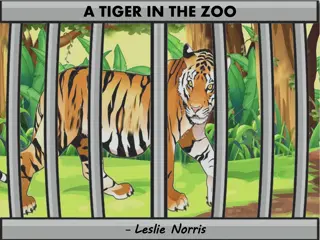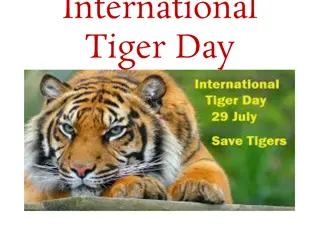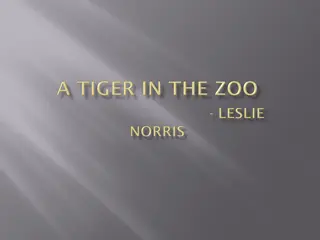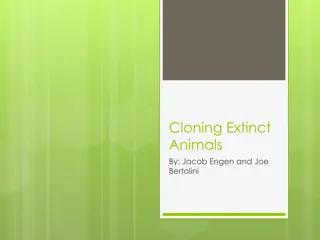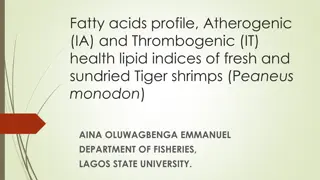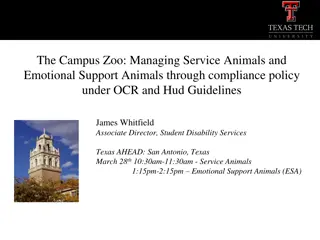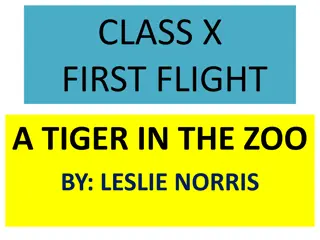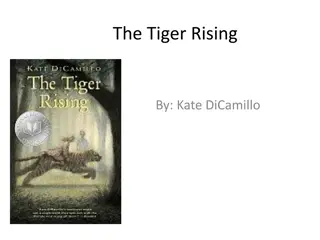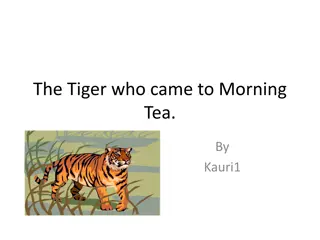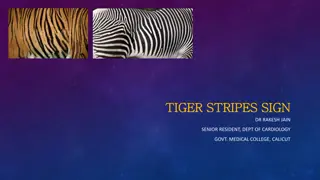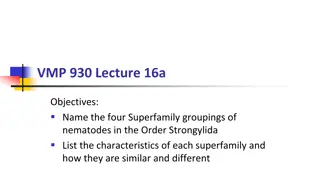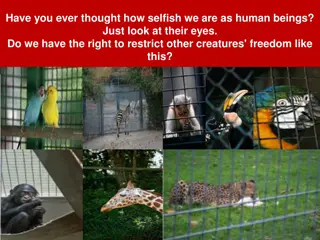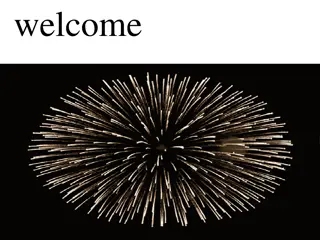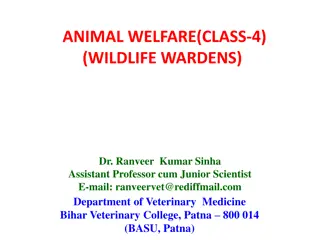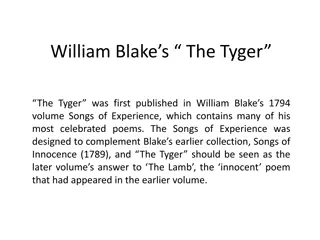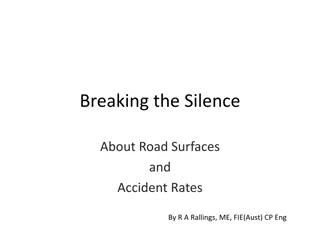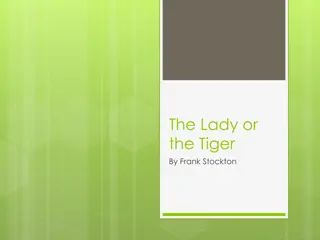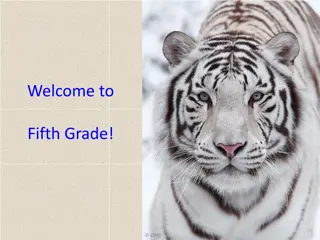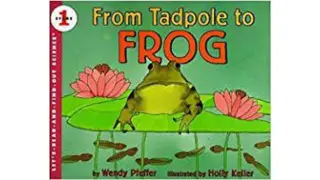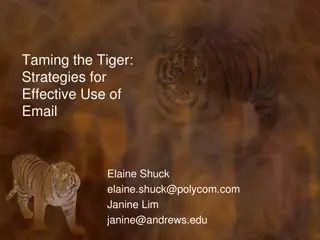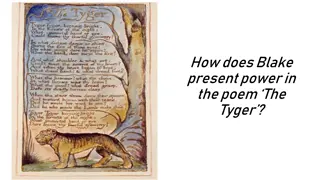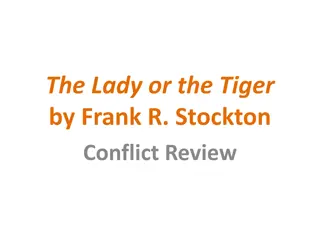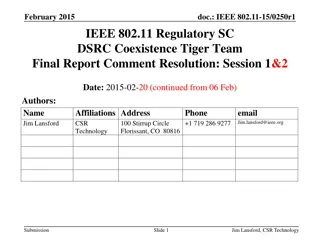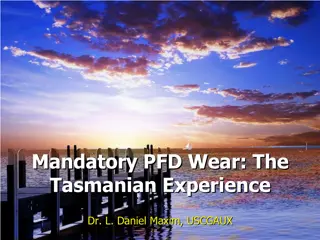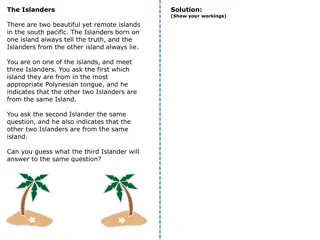Extinct Animals: Sabre-toothed Cat and Tasmanian Tiger
Discover two fascinating extinct animals - the fearsome Sabre-toothed Cat with its long sharp teeth, and the largest carnivorous marsupial, the Tasmanian Tiger. Learn about the causes of animal extinctions and the impact of human activity in driving these losses.
Download Presentation

Please find below an Image/Link to download the presentation.
The content on the website is provided AS IS for your information and personal use only. It may not be sold, licensed, or shared on other websites without obtaining consent from the author. Download presentation by click this link. If you encounter any issues during the download, it is possible that the publisher has removed the file from their server.
E N D
Presentation Transcript
Extinction Animalextinctions may be caused by natural or cooling oroccurrences such as climatic heating changes in sea levels .In more modern times however human activity has been to blame.Habitat destruction .The main cause of modern extinction along with pollution,the interdiction of alien spiecies,and over fishing or hunting. Increasingly ,however ,climate change is thought to be driving extinctions.
Sabre-toothed cat Even more fearsome than the cat we know today Sabre-toothed cats have long sharp teeth out of their mouth .A family of cats wich were recognised by there etongated n the upper jaw.The most commonly known one being the sabre-toothed tiger. A sabre-toothed cat is a mammal and it`s life span is 40 years . It`s scientific name is Smilodon SPP .
TASMANIAN TIGER The Tasmanian Tiger were the largest carnivours marsupial in modern times.It`s called the Tasmanian tiger because of it`s stripes on it`s lower back .It`s scientific name is Thylacinus Cynocephalus ,wich comes from Greek meaning `` Dog headed pouched one. A Tasmanian tiger is a type of marsiupal . In 1986 it was declared that the Tasmanian Tiger had been extinct since 1936 after the last known individual had died in Hobart Zoo,Tasmainia.
